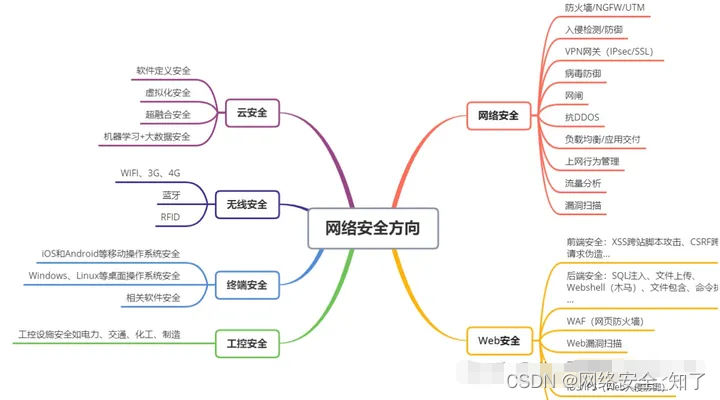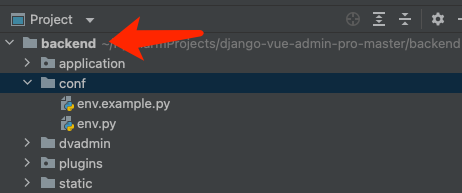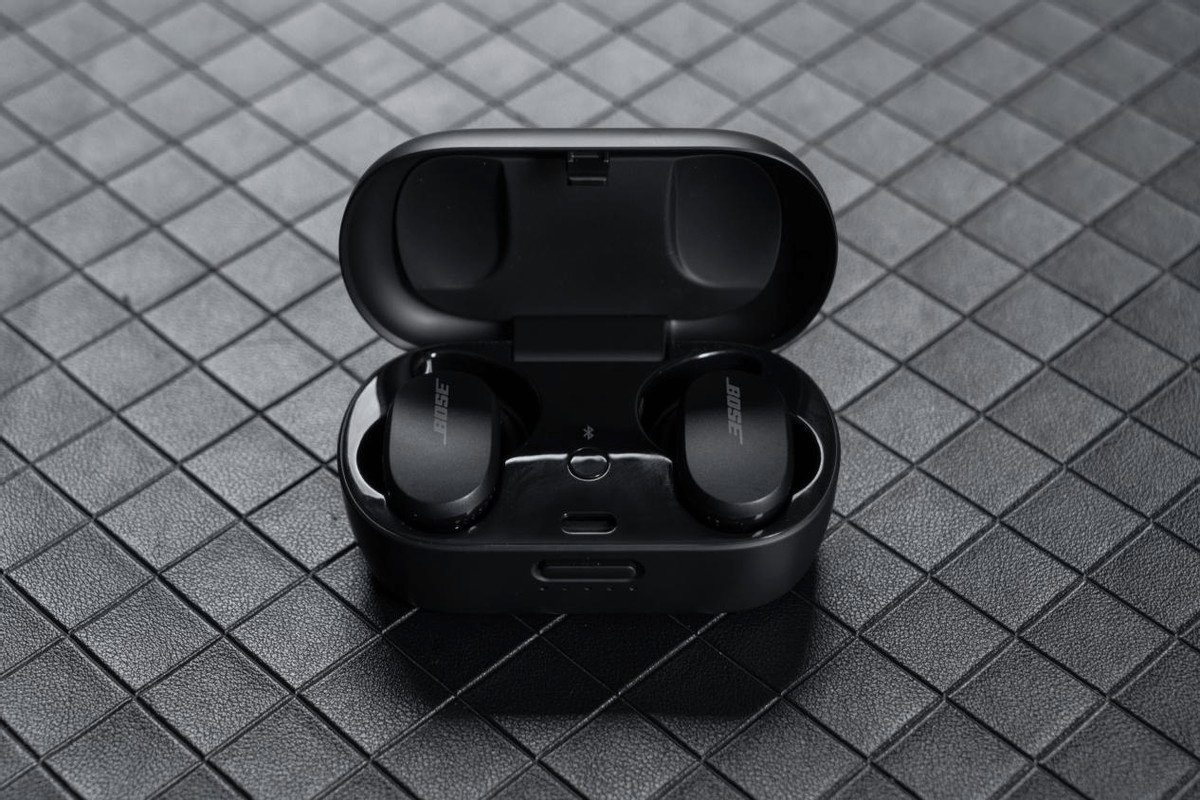目前国内厂商已经推出的刘海屏Android手机有华为P20 pro, vivo X21,OPPO R15。
1.华为刘海屏的官方适配文档
https://devcenter-test.huawei.com/consumer/cn/devservice/doc/50114
2.oppo刘海屏官方文档:
https://open.oppomobile.com/service/message/detail?id=61876
3.vivo刘海屏官方文档:
https://dev.vivo.com.cn/doc/document/info?id=103
vivo 和 OPPO官网仅仅给出了适配指导,没有给出具体方案,简单总结为:
如有是具有刘海屏的手机,竖屏显示状态栏,横屏不要在危险区显示重要信息或者设置点击事件
4.google官方刘海屏适配方案
google从Android P开始为刘海屏提供支持,目前提供了一个类和三种模式:
一个类
The new DisplayCutout class lets you find out the location and shape of the non-functional areas where content shouldn't be displayed. To determine the existence and placement of these cutout areas, use thegetDisplayCutout() method
就是说可以用DisplayCutout这个类找出刘海(cutout)的位置和形状,调用getDisplayCutout()这个方法可以获取刘海(cutout)的位置和区域
所以我们可用这个类判断是否有刘海的存在以及刘海的位置
DisplayCutout cutout = mContext.getDisplayCutout();三种模式
A new window layout attribute, layoutInDisplayCutoutMode, allows your app to lay out its content around a device's cutouts. You can set this attribute to one of the following values:
LAYOUT_IN_DISPLAY_CUTOUT_MODE_DEFAULTLAYOUT_IN_DISPLAY_CUTOUT_MODE_SHORT_EDGESLAYOUT_IN_DISPLAY_CUTOUT_MODE_NEVER
layoutInDisplayCutoutMode值说明:
LAYOUT_IN_DISPLAY_CUTOUT_MODE_DEFAULT:默认情况下,全屏窗口不会使用到刘海区域,非全屏窗口可正常使用刘海区域LAYOUT_IN_DISPLAY_CUTOUT_MODE_ALWAYS:窗口声明使用刘海区域
LAYOUT_IN_DISPLAY_CUTOUT_MODE_NEVER:窗口声明不使用刘海区域
适配方案:
我们可以设置是否允许window扩展到刘海区:
WindowManager.LayoutParams lp =getWindow().getAttributes();
lp.layoutInDisplayCutoutMode = WindowManager.LayoutParams.LAYOUT_IN_DISPLAY_CUTOUT_MODE_ALWAYS;
getWindow().setAttributes(lp);
例如一个有状态栏的页面, 我们可以这样适配:
DisplayCutout cutout = getDisplayCutout();
if(cutout != null){WindowManager.LayoutParams lp =getWindow().getAttributes(); lp.layoutInDisplayCutoutMode=WindowManager.LayoutParams.LAYOUT_IN_DISPLAY_CUTOUT_MODE_NEVER; getWindow().setAttributes(lp);
}需要注意的是:谷歌提供的刘海屏适配方案,要求应用必须适配到P版本才可使用。






